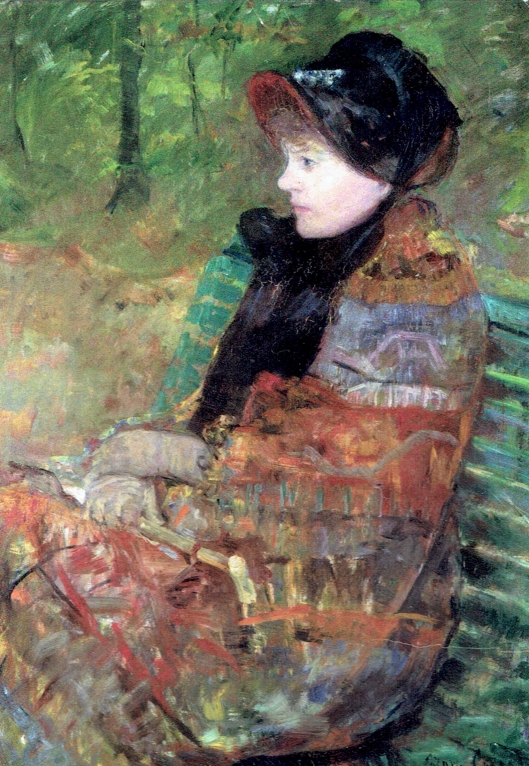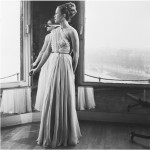Tags
Antoinette Foque, art, Art Galleries Paris, Editions des Femmes, Feminist publishers, Women's Bookstores
My interview with Antoinette Fouque (psychoanalyst, publisher and feminist activist) occurred thirty four years ago in November, 1989 at her office-residence on the rue du Bac, near Boulevard St. Germain. She was a leading modern feminist who launched women’s activism under the banner MLF Movement de Liberation des Femmes in France. Madame Fouque also founded the first feminist publishing company in Europe, Éditions des Femmes.
She opened our conversation saying that it was an intensely interesting time in social psychoanalysis. “Tres indispensible,” she said, “for women to push for the rights of all women.” We discussed the legal decision in France concerning a prohibition on wearing the veil associated with traditional Islamic clothing. “Whether it is racism or sexism, basically it is against women,” she said.
On the day I visited, she had received word of winning a FNAC prize for publishing the work of Clarice Lispector with Virago. A very prestigious award.
Her publishing house is known by feminist publishers around the world. Shortly after Antoinette Fouque founded Editions des Femmes in 1972, other French publishers created product lines focused on women’s and feminist issues. It was an era when new editorial positions with leadership positions were available to female editors. By establishing Editions des Femmes, Madame Foque was part of a quiet and steady movement to expand options in publishing for women. More than fifty later, in 2023, there are feminist and woman-focussed publishers in many countries.
Madame Fouque also started a books on tape collection during the 1980s, which at one time accounted for one-third of Editions des Femmes business. The recorded books featured readings done by major French actors.
Antoinette Fouque’s house is a pale grey and white symphony accented with copious displays of fresh flowers. She wears grey slacks and a draped shirt with a topper in white silk. Glasses evoke Sylvia Beach, the key 1900’s publisher of radically experimental literature. A trio of excited lap dogs wreck havoc with the silence that otherwise bathes this house. Her desk faces windows and flowers set in the wide sill. Glass top bookcases behind. Couch and chair in white leather. The afternoon light goes dim as we speak. She returns again and again to drive home her raison d’etre, the rights of women must be secured first.
“The first requirement is rights and liberties of women around the world.”
Kali, an Indian feminist press, is heavily influenced by government agenda, she notes. Éditions des Femmes remains independent. For the future, she sees an emphasis on the psychological collection, her personal project.
Earlier that day, I had visited the Librairie des Femmes store in Paris at 35 rue Jacob. The design esthetic was spare and bright, even back in 1989. White walls, indirect lighting, uncluttered bookshelves alternated with racks holding greeting cards and audio books. One corner of the store was reserved for art exhibitions.
My quest was to interest her in helping me find a publisher for an English translation of the diary of the 19th c. midwife and radical socialist, Suzanne Voilquin. The book details her years as a travelling midwife in Russia during the 1840s. It was published in French by Edition des Femmes in 1976. But after talking to Antoinette Fouque, it seemed that this diary-memoir about dead feminists was less than crucial in contrast with the monumental political justice and economic equity gaps confronting women around the globe.
I try to show her that the midwife’s diary is relevant to women’s health and security in remote areas even today. Voilquin was a trained midwife and worked in North Africa from 1834 to 1836 and in Russia during the 1840s. She reports on cholera, plagues and social conflicts. The plight of women with sick children and no financial support then is just as terrible now.
Mme. Fouque suggested inviting a feminist physician to write the introduction to the English version of Suzanne Voilquin’s memoirs. She mentioned Liza Alther, who lives in Vermont, who is connected to the Boston Women’s Health Collective
My tongue stumbling and balking like an overworked mule during the French conversation that touched complex subjects, there was little more to say. I thanked her for the nearly an hour interview and felt out of step, wondering if my ideas came across. Wondering if my concerns were too harnessed to the past when there is so much to be done in the present.
Throughout her professional life, Antoinette Fouque was an activist focussed on the present politicized feminist era. I was interested in honoring forgotten feminist pioneers, by writing about the achievements of French socialists and feminists in the 1800s.
The Saint-Simonian socialist movement to which Suzanne Voilquin belonged, was active in France and other industrial areas of Europe from about 1830 to 1865. The Paris members had founded and produced women’s newspapers, created classrooms and schools for working-class girls, taught hygiene and pre-natal care to women in disadvantaged communities, and mobilized groups of members to provide medical aid across North Africa. They trained Egyptian and Berber women to be midwives. The principal male cadre of the organization traveled to the Holy Land to search for a female Messiah and planted themselves in Egypt to start the routing for the Suez Canal. Indeed, the midwife’s diary translation project was a look backwards. I set it aside. Antoinette Fouque died February 20, 2014.
Resources:
Espace des Femmes events – https://www.espace-des-femmes.fr/
Suzanne Voilquin’s image and book titles are included in her Wikipedia biography.





























